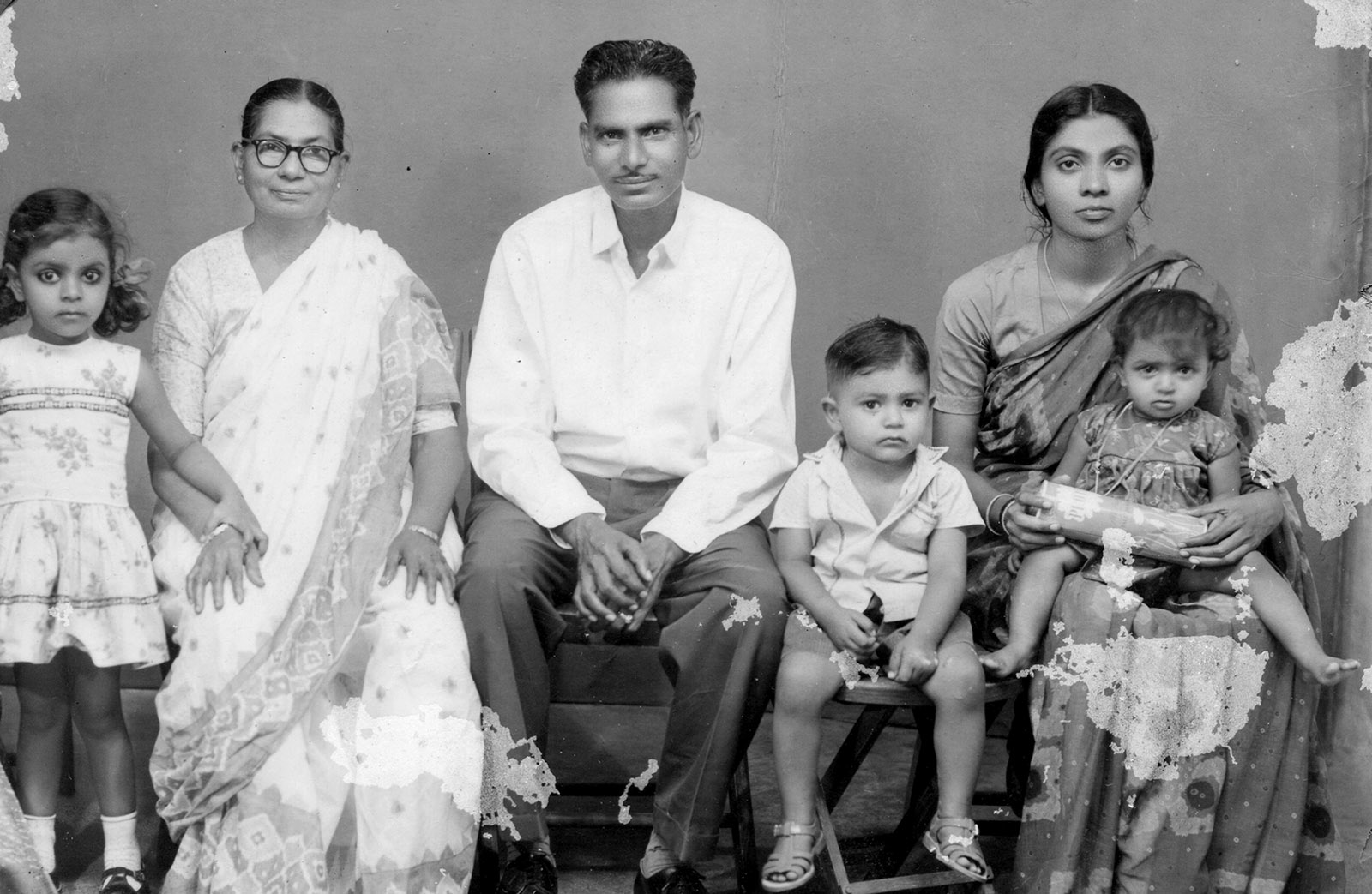by PANKAJ MISHRA
 Sujatha Gidla, far left, with her family, Andhra Pradesh, India, 1966. Her mother, Manjula, is at right. PHOTO/Sujatha Gidla
Sujatha Gidla, far left, with her family, Andhra Pradesh, India, 1966. Her mother, Manjula, is at right. PHOTO/Sujatha Gidla
Ants Among Elephants: An Untouchable Family and the Making of Modern India by Sujatha Gidla Farrar (Straus and Giroux), 306 pp., $28.00
Many Indian houses still have a simple pit toilet, which consists of a large hole in the floor. The feces are collected at night by “manual scavengers,” who, Sujatha Gidla writes in Ants Among Elephants, “carry away human shit” and whose “tools are nothing but a small broom and a tin plate.” Most are women. In the past, they would “fill their palm-leaf baskets with excrement and carry it off on their heads five, six miles to some place on the outskirts of town where they’re allowed to dispose of it.” In many places today, baskets have been replaced with buckets and carts, but the disease-ridden job of cleaning toilets, septic tanks, gutters, and sewers still falls on Dalits, formerly “untouchable” Hindus.1
One out of six Indians is a Dalit, but for years I neither witnessed nor imagined the life of one, although almost every week small columns in the newspapers reported the murder, rape, and torture of them. If any of the students at my schools were Dalits, I did not know—such obliviousness about a hierarchy that benefited me was part of my upper-caste privilege. I did hear much whispered malevolence among relatives against the “Scheduled Castes” (the official name of Dalits) and the affirmative action program designed to bring them equal citizenship. It was only at my provincial university, in a left-wing student group, that I first came into regular contact with Dalits; and it was while reading Ralph Ellison in my late teens that I began to reflect on the historical injustices and social and psychological pathologies that had conspired to make tens of millions of people invisible.
India, the world’s largest democracy, also happens to be the world’s most hierarchical society; its most powerful and wealthy citizens, who are overwhelmingly upper-caste, are very far from checking their privilege or understanding the cruel disadvantages of birth among the low castes. Dalits remain largely invisible in popular cinema, sitcoms, television commercials, and soap operas. No major museums commemorate their long suffering. Unlike racism in the United States, which provokes general condemnation, there are no social taboos—as distinct from legal provisions—against hatred or loathing of low-caste Hindus. Many Dalits are still treated as “untouchables,” despite the equal rights granted to them by India’s democratic constitution.
The New York Review of Books for more